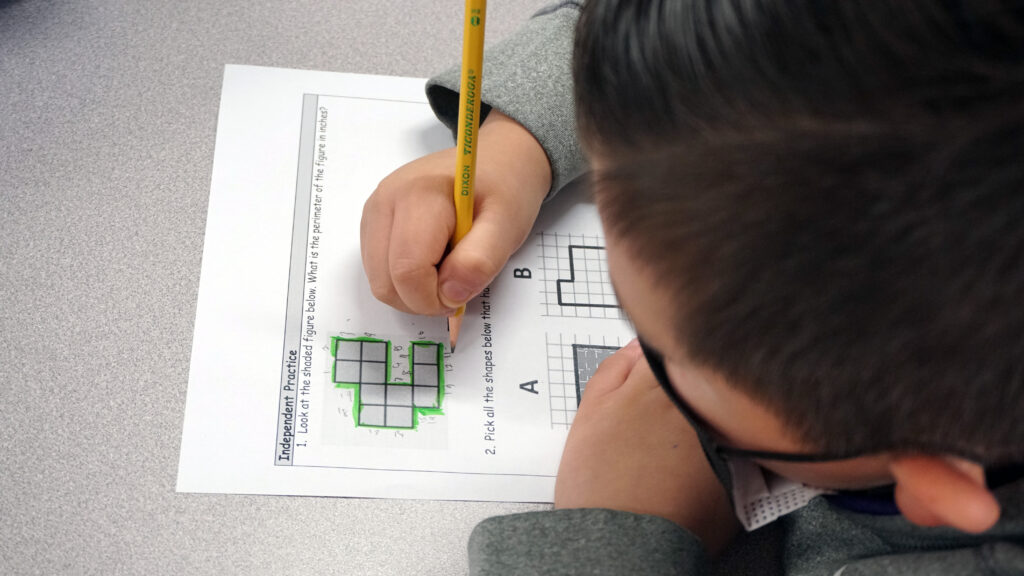
Credit: Andrew Reed/EdSource
Voters likely facing a November election ballot crowded with education-related initiatives will now have one fewer issue to decide.
The author of a vaguely defined proposed constitutional amendment to require the state and school districts to “provide all public school students with high-quality public schools” has decided to postpone the campaign two years.
“We have also decided that we are best positioned to go forward with a ballot initiative in the 2026 election cycle. This will give us the greatest opportunity to develop the broad-based public support and the necessary financial capacity to ensure success,” wrote David Welch, a Bay Area entrepreneur and the founder and chair of the nonprofit group Students Matter, in an email to supporters last week.
Welch and Students Matter previously underwrote Vergara v. the State of California and the California Teachers Association, an unsuccessful lawsuit filed in 2012 that challenged layoffs by seniority and other teacher workplace protections as disproportionately infringing low-income students’ educational rights.
California would become the first state to add “high quality” as a requirement for creating and funding public schools, although advocates are raising this idea with legislatures in other states, too, according to supporters.
In 1849, the California Constitution established children’s right to attend “free” public schools for at least six months each year. But it didn’t provide guidance on what a good education means or the resources needed to attain it.
In intentionally broad language, the one-sentence amendment, in its latest version, would read, “The state and its school districts shall provide all public school students with high-quality public schools, defined as schools that equip them with the tools necessary to participate fully in our economy, our society, and our democracy.”
Fleshing that out, over time, would be in the hands of the courts and the Legislature. They would determine whether high quality should be determined by academic standards and equitable opportunities for all students to achieve them. They’d decide the measures of high quality: teacher-student ratios, dollars per student, staff retention, preparation for post-graduation success, or student well-being.
In 2016, after years of litigation, the California Supreme Court declined to hear the appeal of a lower court decision in Campaign for Quality Education v. the State of California that the constitution doesn’t guarantee any level of funding or level of quality. That, a Superior Court judge ruled, is for the Legislature to decide. In a sharp dissent from the Supreme Court’s 4-3 decision, Justice Goodwin Liu said it was regrettable that the court didn’t explore what is meant by a fundamental right to an education. California’s children deserve to know whether it is “a paper promise or a real guarantee,” he wrote.
Passage of the initiative would reignite that debate.
John Affeldt, managing director for Public Advocates, which represented plaintiffs in the lawsuit, maintains the court erred by not recognizing previous decisions that established education as a fundamental right “precisely because it meaningfully prepares students to succeed in college, career and as effective citizens.”
But Affeldt agreed that the initiative “essentially overrules the Court of Appeal’s decision that there is no guarantee of an education of any particular quality.”
“Our community partners would love to see (the appellate court’s decision) fall by the wayside,” he said.
It could lead to a tangle of lawsuits initiated by individuals and organizations with the money to litigate. Some plaintiffs may want to relitigate the Vergara lawsuit or strengthen approval of charter schools with a proven track record. Others might cite the amendment to thwart funding cuts or to demand effective reading instruction strategies statewide.
Welch, in his email, said the amendment would empower parents and give legislators “a constitutional North Star” for creating better education policies.


